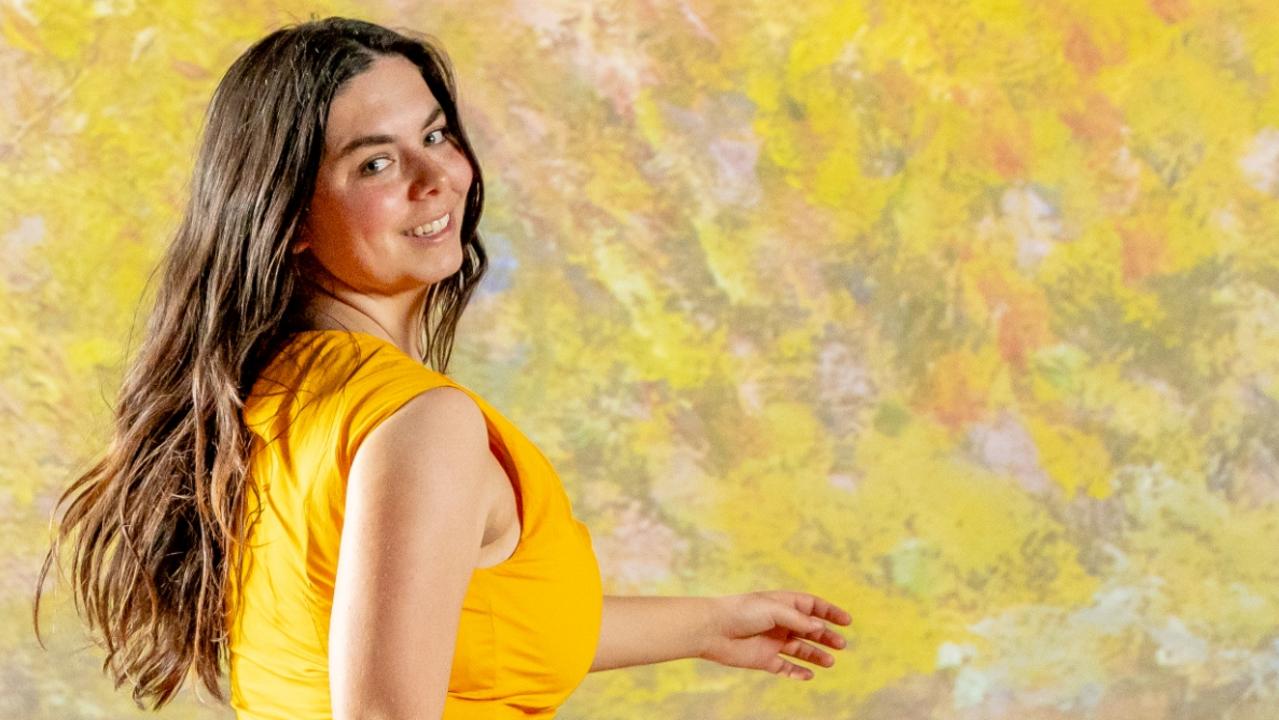The forgotten story of Louise Lovely, Australia’s first Hollywood star
Louise Lovely voyaged from Australia to America and took Hollywood by storm. But the loss of dozens of her popular movies saw her name slip from public consciousness.
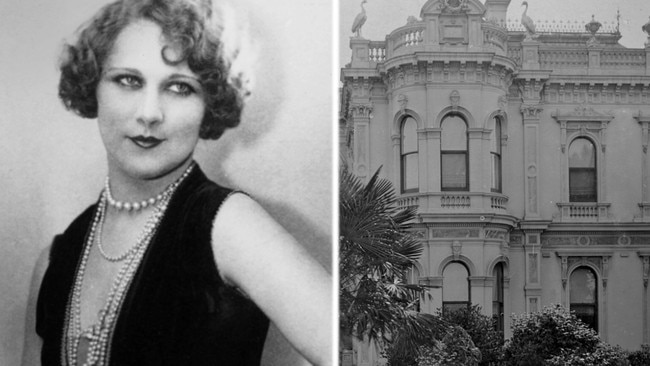
Arts
Don't miss out on the headlines from Arts. Followed categories will be added to My News.
Hidden in a little grove off Orrong Rd in Caulfield is one of Melbourne’s quiet treasures.
The majestic Labassa Mansion, with three dozen rooms styled to the opulent Victorian era, is one of the few remaining homes of its kind in the whole city.
Built in 1862 for judge Richard Billing and later remodelled, the grand old house is fit for a Hollywood star.
Indeed, a mega-famous actress was once its vivacious occupant.
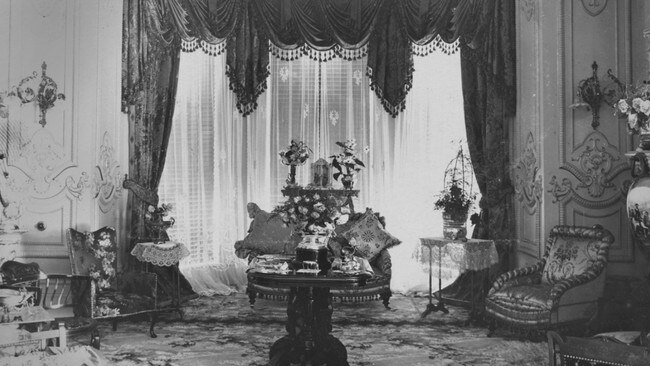
The young woman, who went by the name Louise Lovely, voyaged from Australia to America and took Hollywood by storm at the age of just 19.
She appeared in more than 60 films, including American and Australian silent movies.
Despite her extraordinary fame, her flamboyant private life was tormented by demons and the loss of dozens of her popular movies saw her name slip from public consciousness as the decades passed.
Like the ornate Caulfield home she once occupied, the story of Louise Lovely is a hidden gem.
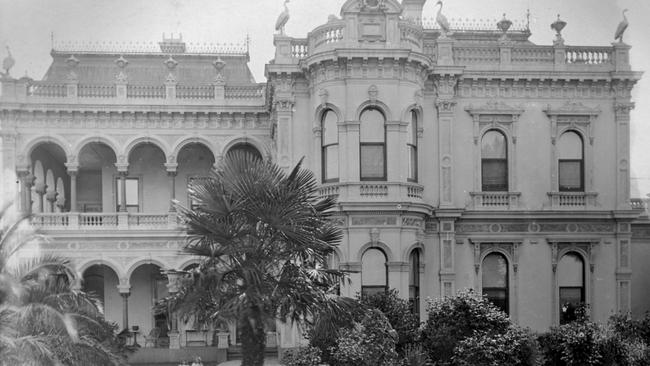
Rocket to fame
Born Louise Carbasse in 1895 in Sydney, she began her career as a child on stage and screen in Australia.
When she was just 17 she married fellow actor and budding director Winton Welch, who was 11 years her senior at 28.
They continued working in Australia before opportunity knocked.
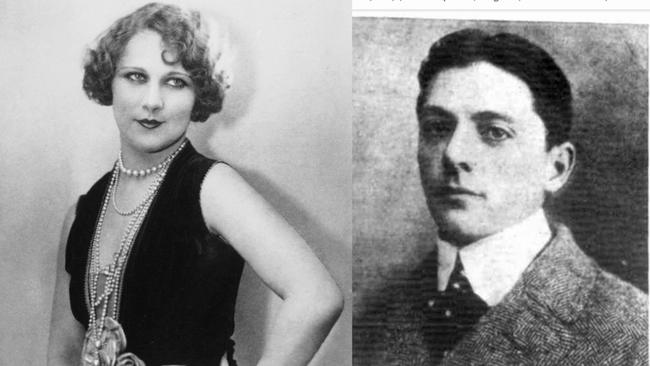
In 1914 the couple moved to Los Angeles where they sought to build on their Australian achievements.
The same year, at the age of just 19, Louise Carbasse changed her name to Lovely and landed a whopping film deal with Universal that catapulted her to international fame.
Her first taste of stardom came in the 1915 silent films Father and the Boys, and Stronger Than Death.
Lovely’s good looks and charismatic demeanour bewitched the American audience.
In 1916 alone she appeared in ten Hollywood films; the following year she appeared in 12.
By the time Lovely and Welch returned to Australia in 1924, she was the biggest film actor the country had ever produced and widely considered to be our first Hollywood star.

Back home the pair embarked on a series of new production ventures including the hotly anticipated Australian film Jewelled Nights.
The story, based on a novel by Marie Bjelke Petersen, followed a woman who fled a loveless marriage by pretending to be a man in a Tasmanian mining town.
Lovely’s stratospheric celebrity status led more than 20,000 aspiring actors to queue at the roadshow auditions for their chance at stardom.
Ultimately just 20 were selected to appear in Jewelled Nights.
The producers spared no expense while shooting the much-anticipated flick, making it one of the most expensive Australian movies of its time.
Upon release it was wildly popular, but never quite reclaimed the money spent to create it.
It was some time after her return to Australia that Lovely settled in the opulent Labassa Mansion.
Successive wealthy families had owned and lived in the house until 1920, when it was divided into apartments.
Now it was home to a small community of glamorous bohemians, in which Louise Lovely soon became the crown jewel.
Falling star
Her marriage was outwardly the epitome of glamour.
But Louise Lovely and Winton Welch were gradually drifting apart.
After their exit from Hollywood, Welch had gone off on his own amid speculation he was anxious to meet other women.
That led Lovely to file court papers to compel Welch to return and live with her, which were ignored by Welch and gave her grounds for divorce.
In November 1928 the divorce was finalised in Sydney.
But she was only unmarried for a few hours.
Later the same day Louise Lovely went to the registry office in Melbourne and married theatre manager Bert Cowan.
Having retired from acting at the age of 30 after job offers dried up, Lovely continued to work behind the camera.
Jewelled Nights was her final on-screen appearance.

Tragically the bulk of Lovely’s acting work will never be seen again.
Many of the original reels have been misplaced or destroyed; lost to history.
It is believed that intact copies of just five of her 60 movies remain, including parts of Jewelled Nights.
Lovely’s marriage to Cowan lasted until her death in 1980 at the age of 85, and the couple spent much of their later lives in Hobart where they managed the Prince of Wales Theatre.
More than 700 people have lived in Louise Lovely’s former home, the Labassa Mansion, since it was built.
It is now owned and managed by the National Trust of Australia and some of its opulent rooms are open to the public.




